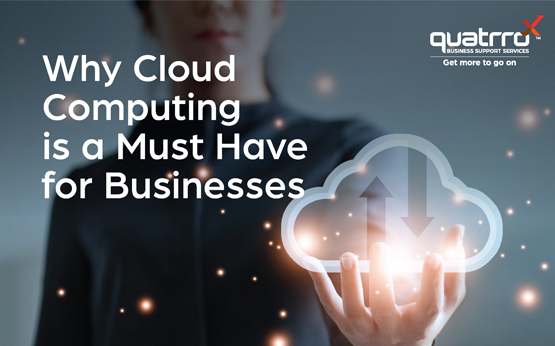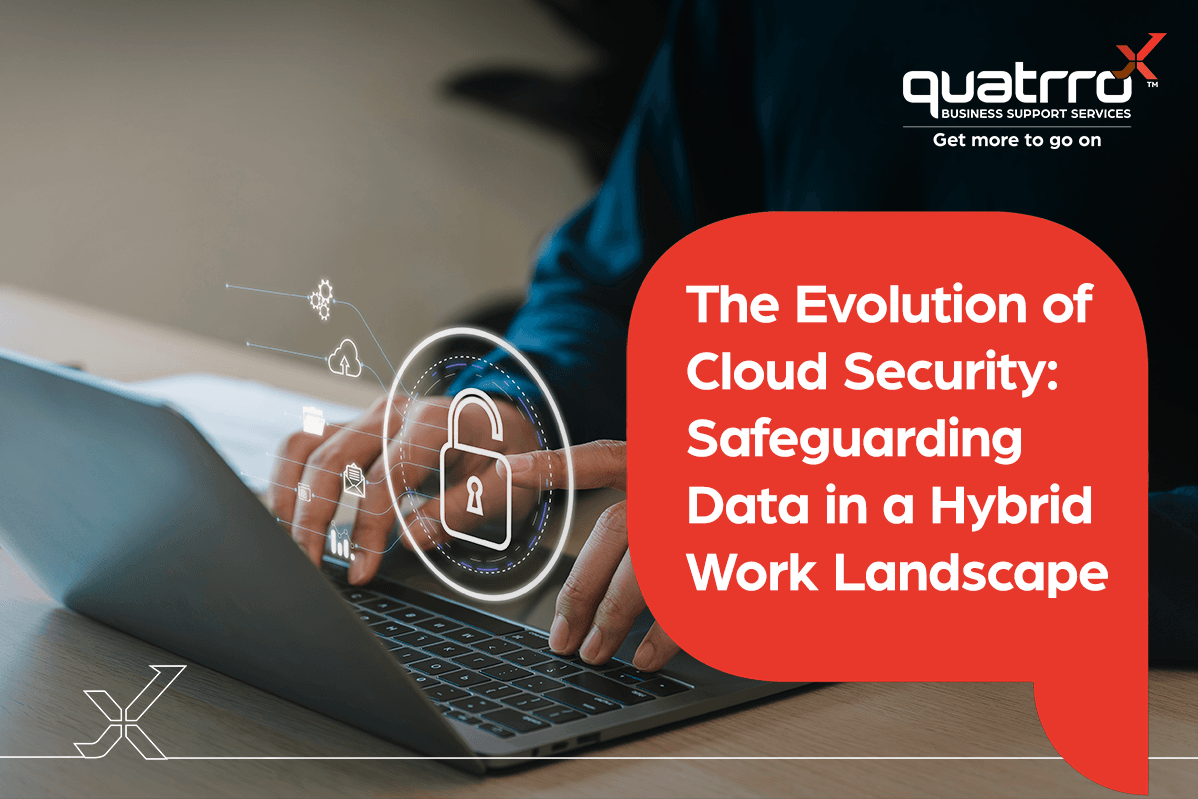Blog Details
Cloud Computing Technology in Business – How Does it Work?
June 22, 2022

Do you back up your phone or laptop data to Google Drive or OneDrive? Do you have an iCloud Music Library account? Considering your answer to at least one of these questions is a ‘yes’, you access cloud computing technology. Cloud computing has become an omnipresent feature, not only in our personal lives but also in business.
What is Cloud Computing Technology?
Cloud computing technology provides on-demand services over the internet. The cloud is the ‘internet’. Cloud computing technology services in business include networking, application development, data storage, and recovery, delivering software on demand, visual and audio streaming, analytics, and data intelligence.Setting up an on-premises IT infrastructure is an expensive and tedious ask for most modern enterprises. As Jack Ma succinctly states in a World Economic Forum interview, while most companies may require building massive warehouses to foster growth plans, all that his business model requires is to invest in two servers. But with cloud computing technology, as a business owner, you generally don’t even need to do that. The public cloud computing infrastructure is created and maintained by a cloud service provider for you. All you need to do is pay for what you use in the cloud. The cost-effectiveness, improved IT security, and effortless scalability are the top benefits of migrating your business IT to a cloud computing environment.
Types of Cloud Computing Technology
Depending on your business needs, you can opt for any of the following categories of cloud computing technology environments.
- Private Cloud
The cloud computing environment where the services belong solely to a single organization is called a private cloud. It is alternatively called the corporate cloud. One benefit of the private cloud is that computing resources are owned, managed, and governed by the same business. A third party can also own the cloud, but the cloud providers cannot access the data stored in the private cloud.
Pro: It ensures a high level of security and privacy.
Con: You will require in-house IT capability for managing a private cloud. - Community Cloud
In a community cloud concept, multiple organizations that operate on like requirements share the computing resources and services of the cloud environment. For example, the US government leveraged a community cloud for their healthcare, defense, and education sectors.
Pro: Cost-effectiveness and compliance with the shared industry-specific laws and regulations make community cloud a compelling option for some organizations.
Con: It is costlier and limited bandwidth and data storage. - Public Cloud
The public cloud is made available publicly and is subscription-based for any user who wants to utilize the services. The infrastructure is made available to the public over the internet, but the owner is always the provider. Unlike the private cloud, the public cloud services are available to anyone who wishes to use or buy them.
Pro: Flexible bandwidth and scalable RAM.
Con: Data security and privacy are the common concerns here. Third-party access to private data is a risk. There is also a lack of customization and control. - Hybrid Cloud
The hybrid cloud combines features of public and private clouds. So, vital business data is stored in the private cloud, whereas the lesser sensitive data is stored offsite in a public cloud. Both B2B (Business to Business) and B2C (Business to Consumer) can leverage the hybrid cloud model. A hybrid cloud is preferred when a company wants to modernize its IT infrastructure, however, the business is restricted by specific legacy applications or compliance factors which means that it still also needs a private data center.
Pro: Lowers IT costs, improved disaster recovery capability.
Con: Complex to manage, and there could be compatibility issues between the two clouds.
Types of Cloud Services
Businesses typically use the following types of cloud computing services.
- SaaS or Software as a Service
SaaS is the method of delivering an application as a service over the internet. You need not install or manage any software. You can access it on the web as and when the need arises. SaaS is the best option when your business does not want to maintain any equipment. You need to subscribe to gain access, and the cost is usually levied per user. Examples of SaaS: Google Drive and Google Calendar. - IaaS or Infrastructure as a Service
If your business needs virtual access to computing infrastructures such as servers, storage, and networking resources, or services such as load balancing and firewalls, opt for IaaS. It is also known as HaaS (Hardware as a Service). IaaS providers rent out IT infrastructure over the internet to small and medium businesses.
Examples: Microsoft Azure and Amazon EC2 - PaaS or Platform as a Service
PaaS delivers hardware and software virtually to the users. You get complete computing platforms consisting of a web server, programming language, and operating system under PaaS. The PaaS provider manages the back-end scalability and gives access to the run time environment. In PaaS, developers can create applications and services over the internet and deploy them in public, private, or hybrid environments.
Examples: AWS Elastic Beanstalk and Heroku. - Serverless Computing
Using external infrastructure to develop and run applications, serverless computing does involve servers, but these servers are managed and operated by a third party. Netflix is one of the biggest users of serverless computing.
Examples: AWS Lambda, Amazon Web Services, and IBM OpenWhisk.
Regardless of the type of cloud computing technology you opt for, your business can benefit from cloud computing in the following ways:
 |
Remote accessIt allows employees to work from any location irrespective of the time and location. Per a Gallup survey, as workspaces re-open post-COVID, 88% of employees expect to continue to work from home at least partially. |
 |
Automatic updatesCloud computing has now reduced the cost of hardware, software, and system upgrades. In the cloud, updates are automatic. |
 |
Business continuity and disaster recoveryYou need not worry about data recovery and loss of productivity, as cloud computing offers you the benefits of business continuity and disaster recovery. |
 |
ScalabilityCloud computing technology offers faster and significantly more cost-effective IT scalability. |
 |
Cost reductionThere is no need to appoint a team for management or supervision of the cloud. The cloud provider is responsible for this maintenance. |
 |
Improved data securityMost clients confirm that moving their data to the cloud has enhanced their data security. |
These are just some reasons to add cloud computing technology to your business roadmap. Cloud computing technology is not just for the big players anymore; medium and small-sized companies can also take advantage of cloud services by partnering with a managed service provider.







